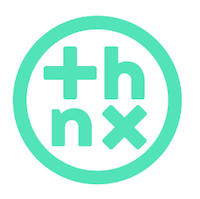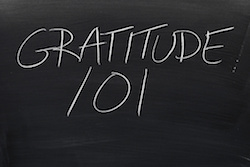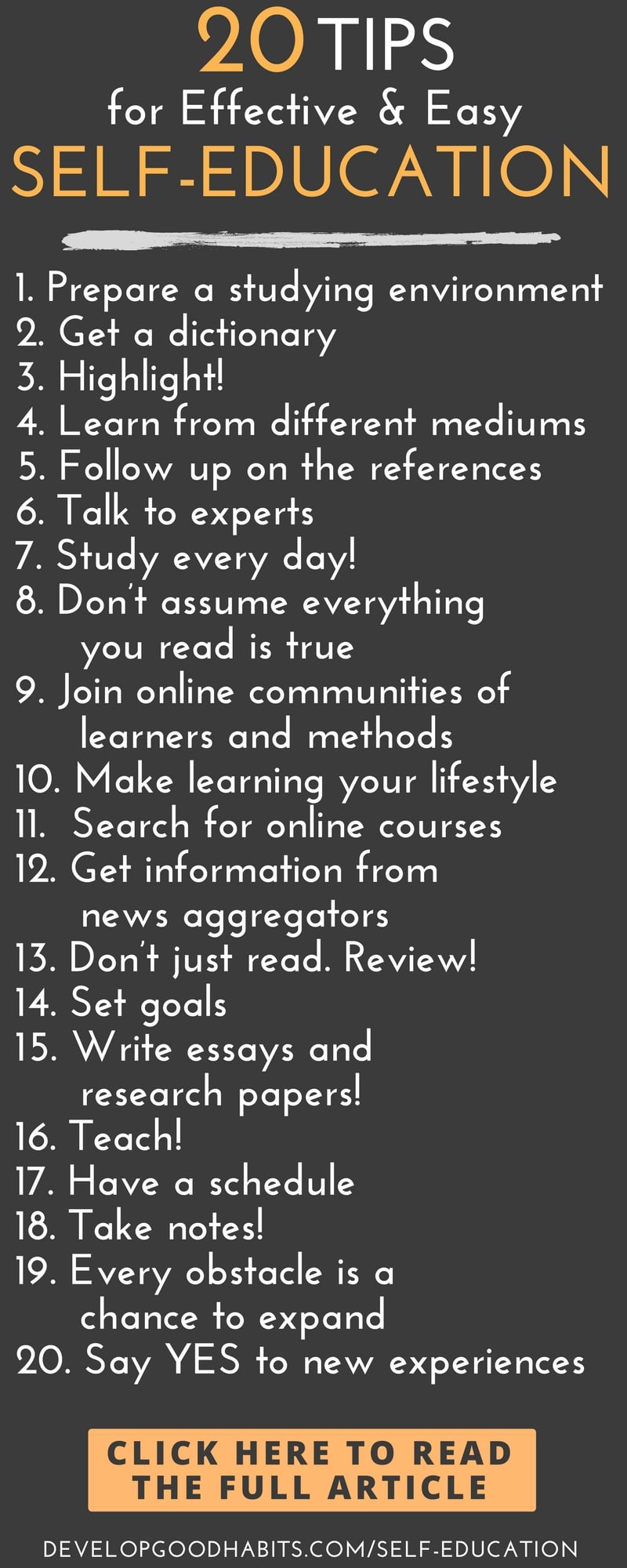MoroccanEXP: Indulge in Luxury with Premium Material Bags and Women’s Apparel
Experience the allure of Moroccan fashion blending rich history with modern luxury. MoroccanEXP stands out as a symbol of elegance, offering premium bags and women’s clothing crafted with authentic materials and timeless craftsmanship. Where traditional Moroccan artistry meets contemporary style, you find a brand dedicated to quality, authenticity, and innovation. Dive into the world of MoroccanEXP — discover their stunning collections and see how they’re shaping the future of luxury fashion.
The Essence of Moroccan Luxury: Combining Tradition and Modernity
The Rich Heritage of Moroccan Fashion
Moroccan fashion is a beautiful tapestry woven from centuries of technique and artistry. Traditional textiles like silk, wool, and cotton showcase intricate patterns such as geometric designs and floral motifs. Techniques like hand embroidery, applique, and leatherwork have been passed down through families for generations. These influences are visible in MoroccanEXP’s offerings, which feature authentic Moroccan motifs in every piece.
Modern Trends Shaping Moroccan Fashion
Today’s designers are changing the game by blending age-old techniques with fresh, new styles. Look for contemporary dresses, accessories, and handbags inspired by Moroccan mosaics and embroidery. Influential brands are bridging the gap between tradition and today’s trends, making Moroccan fashion popular worldwide. MoroccanEXP joins this movement, turning cultural heritage into luxury pieces that appeal to global tastes.
MoroccanEXP’s Commitment to Authenticity
Authenticity isn’t just a buzzword for MoroccanEXP — it’s core to their identity. They source materials locally, working directly with Moroccan artisans. This means every bag and garment is genuine, showcasing the country’s finest craftsmanship. The brand also invests in innovative designs that pay homage to Morocco’s rich history, all while keeping their products fresh and current.
Premium Material Bags: Craftsmanship and Quality
Types of Materials Used in MoroccanEXP Bags
The magic starts with the highest-quality materials. Think supple leather, embroidered fabrics, and intricate beads. MoroccanEXP’s leather bags are crafted from premium hides, offering durability and a soft, luxurious feel. Embroidered textiles often feature traditional Moroccan patterns, adding color and detail. These choices make each bag unique and built to last.
Design Elements & Unique Features
Signature motifs such as zellige tile patterns, floral embroidery, or Arabic calligraphy appear on many bags. Some collections even offer customization — choose your colors or patterns to match your style. Limited editions are available for those who want something truly rare. These features help you stand out, no matter where you carry your bag.
Craftsmanship and Production Process
Behind every MoroccanEXP bag are skilled artisans. They work by hand, employing techniques like hand-stitching and detailed embroidery. Many artisans have decades of experience, passing their skills down through families. Some products receive certifications recognizing their craftsmanship quality — a mark of real luxury.
How to Identify Authentic MoroccanEXP Bags
Look for fine stitching, authentic materials, and clear branding. Hand-embroidered details should be precise, with consistent patterns. Authentic MoroccanEXP bags often come with a certificate of origin. Avoid fakes by buying directly from official websites or authorized stores. High quality is the key to true value.
Women’s Apparel: Elegance, Comfort, and Cultural Fusion
Range of Clothing Collections
MoroccanEXP features a wide range of women’s clothing, from graceful caftans and flowing dresses to cozy modern pieces. Each collection mixes luxury fabrics like silk and velvet with detailed beadwork or embroidery. Whether for a special occasion or everyday style, there's a piece for every taste.
Style Inspirations and Trends
Moroccan motifs inspire many of the designs, combining traditional patterns with a modern silhouette. Think bold geometric designs or floral embroidery on contemporary cuts. Global fashion trends also influence the brand, producing clothing that’s both culturally rich and stylish.
Styling Tips for Modern Elegance
Pair a Moroccan-inspired caftan with simple accessories for a sleek look. Mix traditional embroidery with modern jewelry or shoes to create a balanced outfit. For casual outings, try a embroidered blouse with jeans. MoroccanEXP offers versatile pieces that fit many occasions.
Sustainability and Ethical Practices
MoroccanEXP is dedicated to ethical sourcing and eco-friendly manufacturing. They work directly with local artisans, ensuring fair pay and good working conditions. Sustainable fabrics and practices also help protect Morocco’s environment. When you buy from them, you support responsible fashion.
The MoroccanEXP Shopping Experience: Quality, Service, and Accessibility
Online Platform and User Experience
Their website is easy to navigate, with detailed product descriptions and clear photos. You can customize certain items and enjoy secure checkout. International shipping is available, with delivery times suited for worldwide customers. Shopping with MoroccanEXP feels smooth and trustworthy.
Customer Testimonials and Reviews
Many clients rave about the quality and craftsmanship of their purchases. They appreciate the authenticity and attention to detail. Media outlets have also highlighted MoroccanEXP as a top luxury brand for Moroccan-made fashion.
Exclusive Offers and Loyalty Programs
Returning customers enjoy discounts, early access to new collections, and special gifts. Collaborations with influencers and fashion events keep the brand buzzing and expanding its reach.
The Impact of MoroccanEXP on the Global Luxury Market
Brand Growth and Market Expansion
Over recent years, MoroccanEXP has gained recognition beyond Morocco’s borders. Their collaborations with international fashion influencers and presence at global shows boost their fame. They’re making Moroccan craftsmanship a symbol of luxury worldwide.
Supporting Local Artisans and Preserving Culture
By working directly with Moroccan artisans, they help preserve traditional skills and create jobs. Their fair trade initiatives ensure that artisans get paid fairly. This nurtures Moroccan culture while promoting sustainable growth.
Future Trends and Industry Predictions
MoroccanEXP continues to innovate by blending tech-driven design with deep-rooted traditions. New markets in Asia and North America are opening up, offering opportunities for growth. As consumers look for authentic luxury with a story, MoroccanEXP is well-positioned for the future.
Conclusion
MoroccanEXP invites you to experience a new level of elegance. Their dedication to quality, cultural authenticity, and modern design sets them apart in the luxury world. Whether you're eyeing a handcrafted bag or a stunning Moroccan-inspired dress, you’re choosing an item that tells a story. Ready to embrace authentic Moroccan luxury? Explore MoroccanEXP’s collections today and find your perfect piece.




